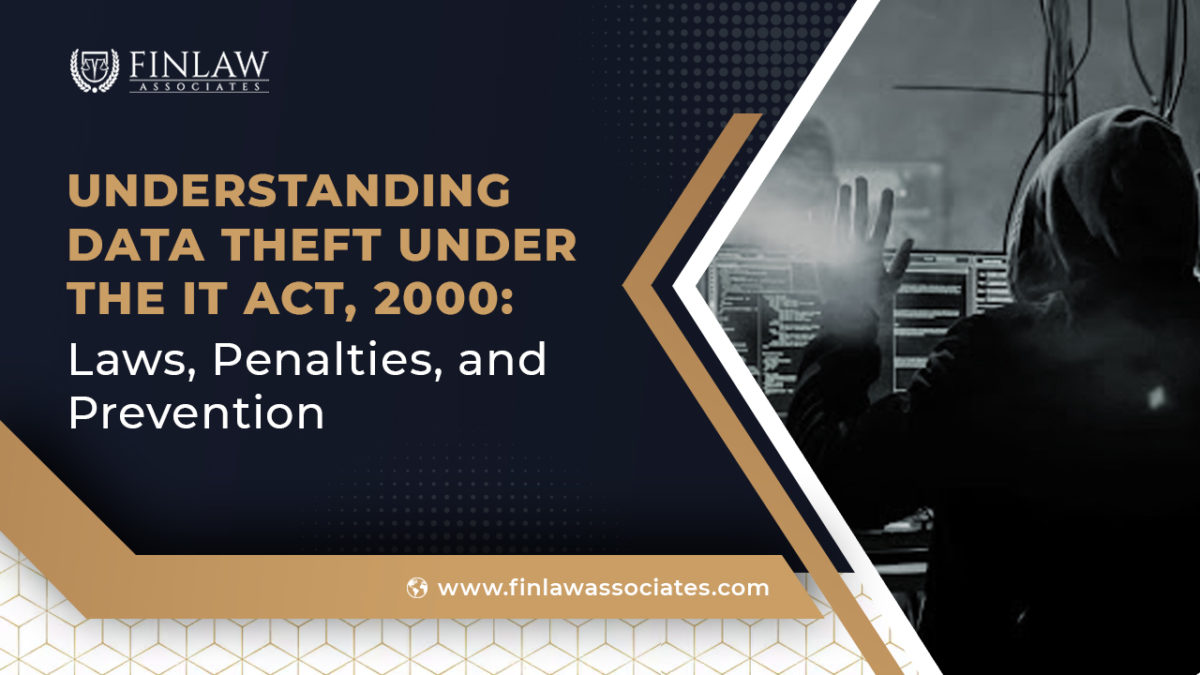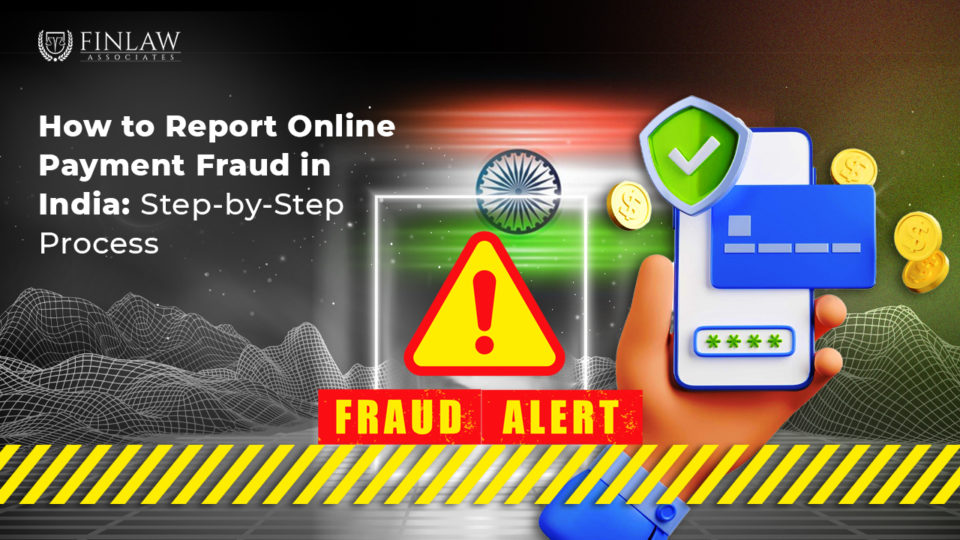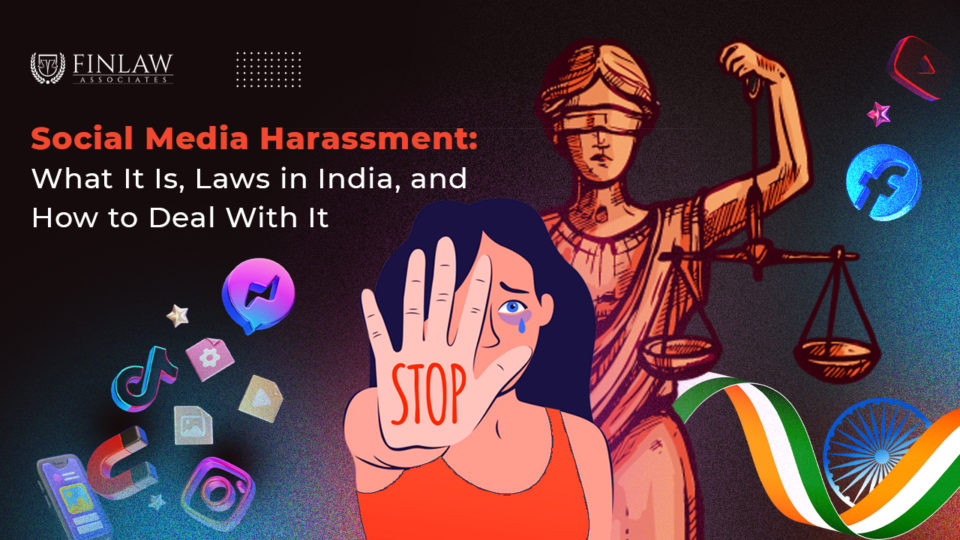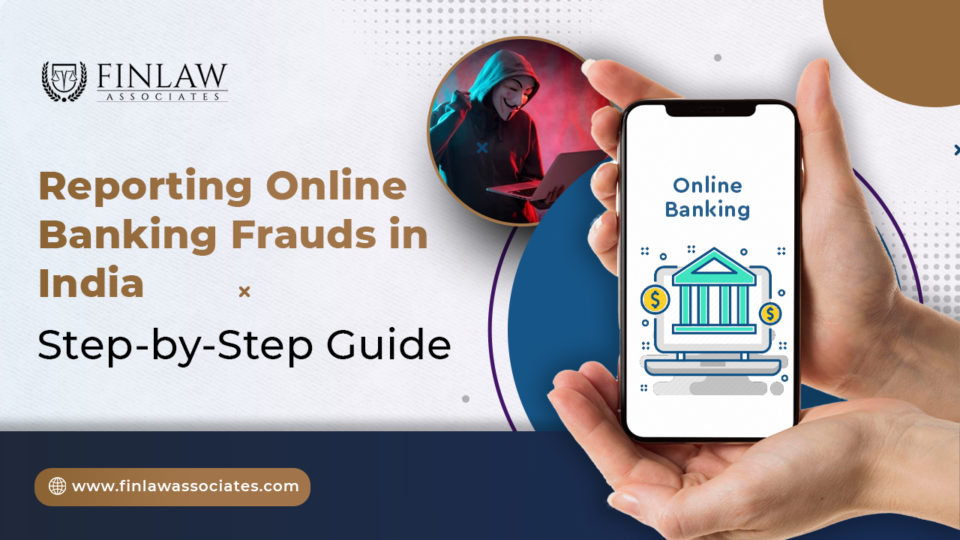
The Core Objectives of Intellectual Property Rights: Scope & Features
February 10, 2025
Identity Theft Punishment: Legal Consequences and Penalties in India
February 24, 2025
In today’s digital world, data is one of the most valuable assets for individuals, businesses, and governments. However, with increased dependence on digital systems, incidents of data theft have also surged. In India, data theft is primarily governed by the Information Technology Act, 2000 (IT Act), which provides a legal framework for addressing cybercrimes. This article provides an in-depth analysis of data theft under IT Act, covering legal provisions, penalties, real-world cases, and preventive measures to protect sensitive information.
What is Data Theft?
Data theft refers to the unauthorized access, copying, or extraction of confidential or personal data from an individual, business, or government entity without consent. This can include:
- Personal Identifiable Information (PII) such as Aadhaar, PAN, or banking details
- Intellectual Property (IP) such as trade secrets, patents, and copyrights
- Corporate or financial data
- Login credentials and passwords
- Health records and biometric information
Data theft can lead to financial fraud, identity theft, corporate espionage, and reputational damage for victims.
Legal Provisions for Data Theft Under IT Act, 2000
The Information Technology Act, 2000, along with its amendments, defines various offenses related to data theft and prescribes penalties. Key sections addressing data theft under IT Act include:
1. Section 43 – Unauthorized Access & Data Theft
This section penalizes individuals who:
- Access a computer system without permission
- Download, copy, or extract data without authorization
- Introduce malware or viruses
- Cause data loss or system damage
Penalty: The offender is liable to pay compensation up to ₹1 crore to the affected party.
2. Section 66 – Hacking and Data Theft with Criminal Intent
If any activity under Section 43 is conducted fraudulently or dishonestly, it is considered a criminal offense under Section 66.
Punishment:
- Imprisonment up to 3 years and/or
- Fine up to ₹5 lakh
3. Section 72 – Breach of Confidentiality and Privacy
Anyone who has access to electronic records, personal data, or sensitive information due to their official position and discloses it without consent faces legal action.
Punishment:
- Imprisonment up to 2 years and/or
- Fine up to ₹1 lakh
4. Section 72A – Disclosure of Information in Breach of Contract
If a service provider or an individual discloses personal information without consent for wrongful gain or loss, it is punishable under Section 72A.
Punishment:
- Imprisonment up to 3 years and/or
- Fine up to ₹5 lakh
Case Studies: Notable Data Theft Incidents in India
1. Star Health Data Breach (2024)
One of India’s biggest insurance data breaches, where 7 terabytes of customer data were leaked, affecting over 31 million users. Legal action was taken under Sections 43 and 66 of the IT Act.
2. TCY Learning Solutions Pvt. Ltd. v. State of Punjab (2021)
The Supreme Court ruled that hacking and data theft are punishable under both the IT Act and the Indian Penal Code (IPC), leading to a landmark conviction for unauthorized access.
3. Justdial Data Breach (2020)
Over 100 million user records were leaked online due to API vulnerabilities, violating Section 72A of the IT Act.
How to Prevent Data Theft?
Prevention is the best defense against data theft under IT Act. Here are essential security measures for individuals and organizations:
For Individuals:
✔ Use strong passwords and enable two-factor authentication (2FA).
✔ Avoid clicking on unknown links or downloading suspicious attachments.
✔ Regularly update software and security patches.
✔ Monitor bank statements and online transactions for unauthorized access.
✔ Do not share sensitive personal information over unsecured networks.
For Businesses:
✔ Implement robust cybersecurity policies.
✔ Use firewalls, encryption, and intrusion detection systems.
✔ Restrict access to sensitive data based on roles.
✔ Conduct regular cybersecurity audits and employee training.
✔ Sign Non-Disclosure Agreements (NDAs) with employees and vendors handling sensitive data.
✔ Back up data regularly and store it securely.
How to File a Complaint for Data Theft in India?
Victims of data theft under IT Act can file a cybercrime complaint online or offline:
Step-by-Step Guide:
- Visit the Cyber Crime Portal: https://cybercrime.gov.in/
- Select the category of complaint (Identity theft, financial fraud, hacking, etc.)
- Provide necessary details (incident date, affected data, any financial loss, etc.)
- Upload supporting documents (screenshots, bank statements, etc.)
- Submit the complaint and track progress
Alternatively, victims can report data theft to the nearest cybercrime police station with a written complaint and evidence.
Future of Data Protection Laws in India
With increasing cyber threats and data breaches, India is working on strengthening its data protection framework. The Digital Personal Data Protection (DPDP) Act, 2023, aims to provide stricter regulations on data privacy and prevent unauthorized data usage.
Once enacted, the DPDP Act will complement the IT Act by:
- Introducing stricter penalties for data breaches
- Enhancing data localization norms
- Strengthening user consent mechanisms
Conclusion
Data theft is a serious offense under the IT Act, 2000, with stringent penalties for unauthorized access and disclosure. Understanding these data theft laws can help individuals and businesses take preventive measures and seek legal remedies when required. With upcoming legislation like the Digital Personal Data Protection Act, 2023, India is gearing up for a more secure digital ecosystem.
By staying informed and implementing strong cybersecurity practices, we can collectively work towards reducing data theft risks in India.



